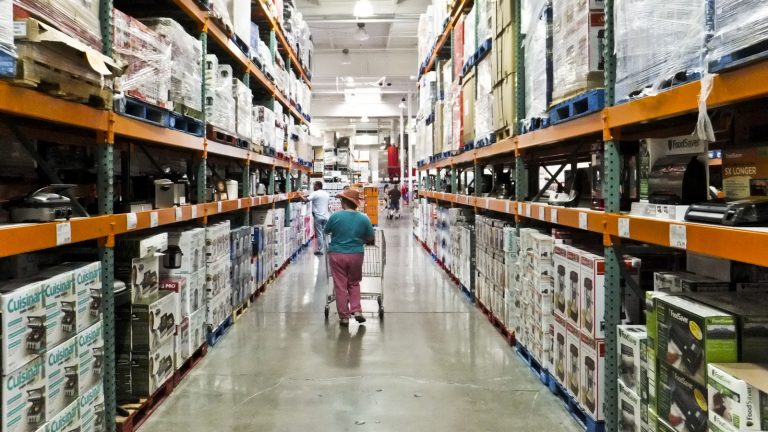On a good day, getting dough to rise with traditional flour can feel like a miracle of science. It’s all about precision, the perfect amounts of flour, yeast, and warmth. Still, there are plenty of bread baking mistakes that everyone makes when they’re starting with a bread baking hobby. When it comes to using gluten-free flour, the dough rising process can be even harder thanks to the substitution and lack of ingredients in alternative flours.
We spoke to expert pastry chef Alysha Dinatale from The Goddess and Grocer, who empathized with the difficulties of getting gluten-free flour to rise. “Getting a good rise with gluten-free flour can feel like trying to make a soufflé on a windy day — but it’s doable,” she encouraged. There are certain steps you can take to ensure success: Dinatale recommends keeping the dough “slightly warmer to really activate the yeast.” This is because it’s working harder with that gluten-free flour. She also advises, “Don’t skip the xanthan gum or psyllium husk.” These ingredients “act like glue, holding those air pockets in place so your dough can rise without collapsing.”
Without gluten, you’ll need xanthan gum or psyllium husk to help your dough rise
There are various types of gluten-free flour, ranging from brown or white rice flour to almond and tapioca flour. Each has its own pros and cons, but whichever way you slice it, the flours (obviously) lack gluten. Gluten just so happens to be the beating heart of what makes bread doughy and elastic, and that lack of gluten without the proper assistive agents can mean that your dough will remain flat and the end product will be dry and unstable. That’s why so many gluten-free bakers, like Dinatale, rely on additives such as xanthan gum or psyllium husk.
Xanthan gum is most commonly used in gluten-free baking as a thickening and binding agent, helping other ingredients hold their shape and retain moisture. It mirrors gluten’s properties by trapping air, which allows the dough to rise. Psyllium husk is similarly important in getting gluten-free dough to rise, giving the dough the capability to proof (aka double in size), which is essential for light, fluffy bread. Once you understand how to get gluten-free flour to rise properly, you’re set to make the perfect gluten-free sourdough bread.






